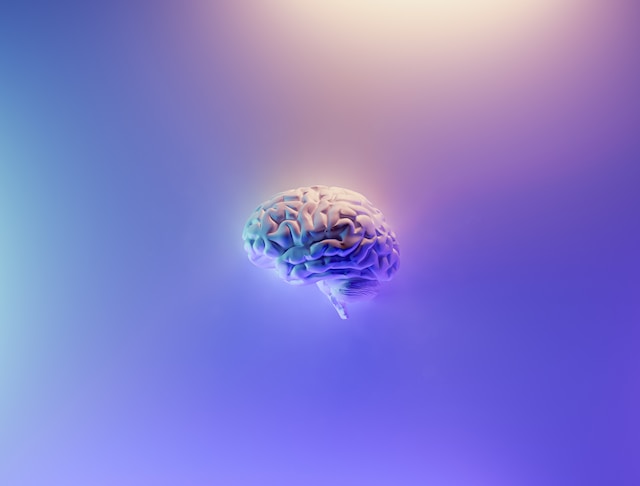Researchers are a step closer to solving one of the great mysteries of the human brain and identifying what causes the obsessive-compulsive disorder.
The discovery could be a vital clue to develop targeted and effective treatments for a debilitating condition that affects thousands of Australians.
Scientists from QIMR Berghofer in Brisbane have discovered changes in how certain brain regions communicate and believe the disorder could stem from an imbalance in particular signalling pathways.
The discovery could be instrumental to efforts to develop innovative brain stimulation treatments for OCD, which has no known cure.
“Current drug interventions lack specificity and only meaningfully reduce symptoms in a portion of individuals with OCD,” researcher Luca Cocchi said.
“That means a lot of people are not getting the help they need for symptoms that can be severe and significantly diminish quality of life.”
“We urgently need safe and more effective therapeutic interventions.”
The disorder features a pattern of uncontrollable thoughts and behaviours that the person with the condition feels the need to do over and over.
Brisbane business consultant Peter Bell lives with OCD and said evidence of a physical basis for OCD was a huge relief.
“This is an absolute game-changer for many people with OCD, who have gone through life blaming themselves for their obsessive-compulsive behaviours,” Mr Bell said.
“It’s a relief to see that OCD is actually linked to this particular imbalance in the brain, as mental illness can often seem less tangible than other diseases or ailments. I think that really contributes to the stigma.”
QIMR Berghofer researchers will use the findings, published in the journal Brain, to inform clinical trials of non-invasive and invasive brain stimulation therapies for OCD.
“Brain stimulation has proven successful in the treatment of depression, so we’re hopeful that it may help in cases of OCD,” Associate Professor Cocchi said.
“The procedures we’re trialling aim to stimulate nerve cells and adjust brain activity, either through magnetic pulses, electrodes implanted in the brain, or sonic waves.
“It’s not going to cure the disorder but it could potentially reduce symptoms to the extent that people can enjoy a relatively normal life and better benefit from psychotherapy.”
About two per cent of Australians are affected by OCD, a condition linked to depression and anxiety disorders and is associated with high rates of suicide.
Lifeline 13 11 14
beyondblue 1300 22 4636
Robyn Wuth
(Australian Associated Press)





